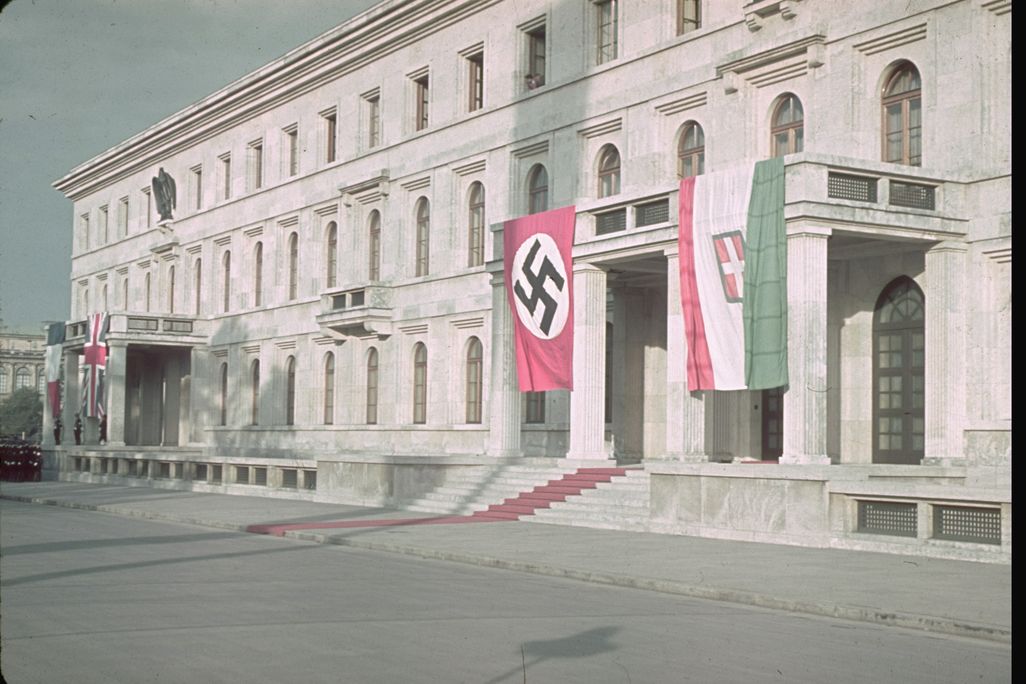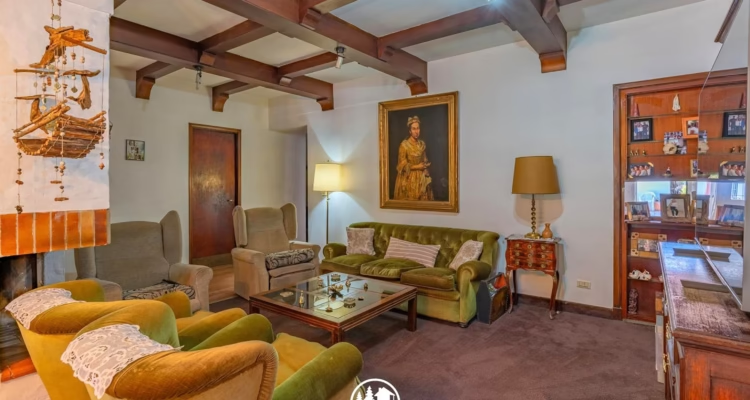A painting stolen by the Nazis during World War II has unexpectedly resurfaced in Argentina, not in a museum or private collection, but in photographs from a luxury estate listing.
The artwork, believed to be by German Expressionist painter Ernst Ludwig Kirchner, was spotted this summer when an art historian browsing property sites noticed what appeared to be a missing piece catalogued on the Art Loss Register. The brightly colored portrait hung casually above a fireplace in the estate’s living room, featured in glossy marketing images meant to attract wealthy buyers.

A Trail From Berlin to Buenos Aires
The painting was originally seized by Nazi authorities in the 1930s, part of the regime’s campaign against what it labeled “degenerate art.” Like thousands of looted works, it disappeared into private hands as officials sold or distributed them through secret networks. Investigators now believe the piece was smuggled out of Europe in the late 1940s, likely by sympathizers who fled to South America after the war.

Shockwaves in the Art World
The discovery has stunned art historians and restitution advocates. “This is precisely why we tell families of Holocaust victims never to give up hope,” said a spokesperson for the World Jewish Restitution Organization. “These works are still out there, hidden in plain sight.”
Argentine officials confirmed they have launched an investigation, working with Interpol and German authorities to trace the painting’s provenance. If ownership is established, the work could be returned to the heirs of its original Jewish owner, a Berlin collector whose family fled the city in 1938.

Legal and Ethical Questions Ahead
The find also raises questions about the due diligence of auction houses and real estate firms. Legal experts noted that, while Argentina has cooperated in past restitution cases, challenges remain in countries where art ownership records are opaque and wartime looting claims can span generations.
For now, the painting has been seized by authorities for safekeeping, removed from the estate, and placed under guard at the National Museum of Fine Arts in Buenos Aires pending resolution.
“This is not just about one painting,” said art historian Mariana López. “It’s a reminder that the ghosts of World War II still haunt the walls of private homes.”

